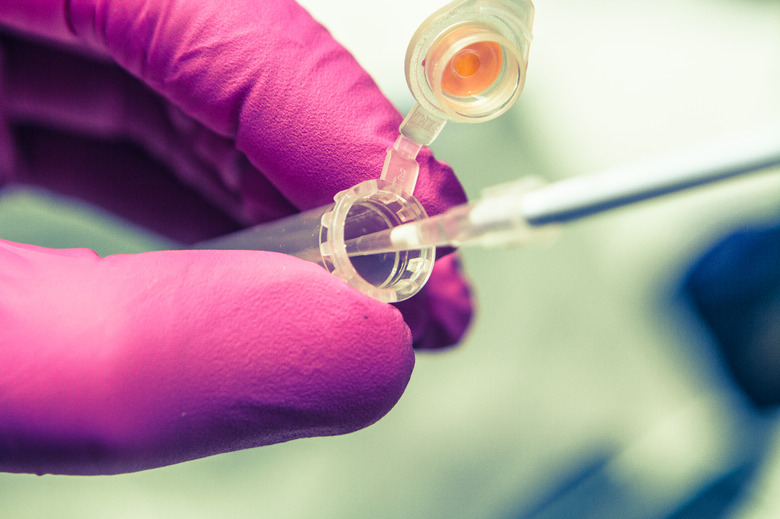Characteristics Of Ionic And Covalent Compounds
When atoms connect with other atoms, they are said to have a chemical bond. For example, a water molecule is a chemical bond of two hydrogen atoms and one oxygen atom. There are two types of bonds: covalent and ionic. They are very different types of compounds with distinct attributes.
Covalent Compounds
Covalent Compounds
Chemical bonds between two nonmetals are covalent bonds. Their electronegative properties are similar, and they share pairs of electrons between atoms. You can tell if a compound is covalent by its state at room temperature and standard pressure; if it is a liquid or a gas, it will be covalent. They have low boiling and melting points, and are slightly polar. They have a definite shape. As long as the difference in electronegativity of the atoms is less than 1.7, the bond between them will be covalent. Energy is released when a covalent bond is formed, so a compound becomes more stable as more covalent bonds are made.
Ionic Compounds
Ionic Compounds
Ionic compounds occur between a metal and a nonmetal. The atoms in an ionic compound have a difference in electronegativity greater than 1.7, meaning one of the atoms will be able to attract the outer electron of the other atom. They are solid at standard pressure and temperature, and they have high boiling and melting points. Because of the great difference in electronegativity, ionic compounds tend to have a high polarity.
Examples of Covalent Bonds
Examples of Covalent Bonds
Many organic compounds have covalent bonds. This is because they are bonds between carbon and hydrogen, such as methane with a carbon atom and 4 hydrogen atoms, neither of which is a metal. Covalent bonds can also exist solely between two atoms of the same element, such as oxygen gas, nitrogen gas or chlorine. These compounds require a lot of energy to break apart. Looking at the periodic table of the elements, any bond formed between the nonmetal group and the halogen group will be covalent.
Examples of Ionic Compounds
Examples of Ionic Compounds
Table salt, or sodium chloride, is a commonly known ionic compound. It doesn't take much energy to break an ionic bond, as evidenced by sodium chloride's ability to be readily dissolved in water. All atoms strive to appear like a noble gas, that is, they want to take, give, or share an electron or electrons so that its outermost electron shell is completely full. If magnesium had two fewer electrons in its outermost shell and if oxygen had two more, then both would have their outer shells full, so they combine to form the stable compound magnesium oxide. Potassium chloride, calcium oxide and iron oxide are all examples of compounds with ionic bonds
Cite This Article
MLA
Leenhouts, Doug. "Characteristics Of Ionic And Covalent Compounds" sciencing.com, https://www.sciencing.com/characteristics-ionic-covalent-compounds-8148744/. 13 March 2018.
APA
Leenhouts, Doug. (2018, March 13). Characteristics Of Ionic And Covalent Compounds. sciencing.com. Retrieved from https://www.sciencing.com/characteristics-ionic-covalent-compounds-8148744/
Chicago
Leenhouts, Doug. Characteristics Of Ionic And Covalent Compounds last modified August 30, 2022. https://www.sciencing.com/characteristics-ionic-covalent-compounds-8148744/
